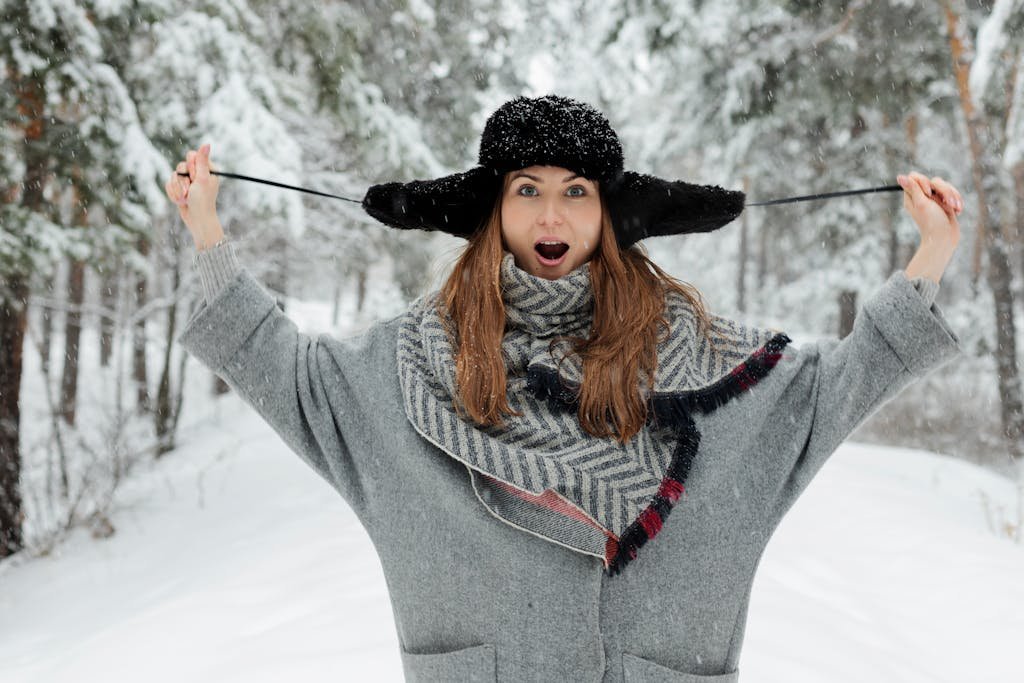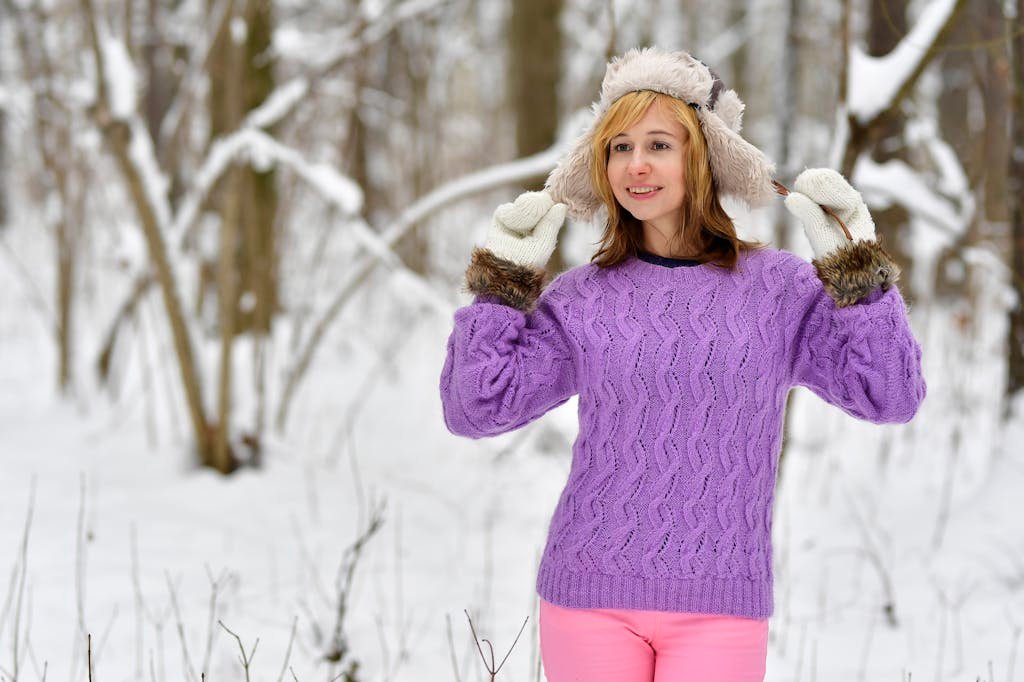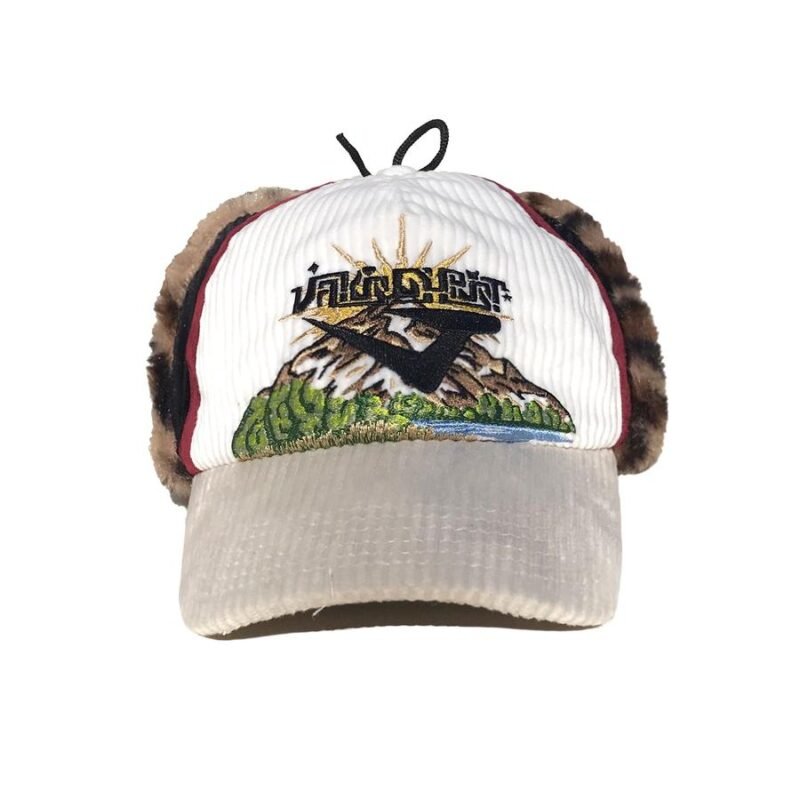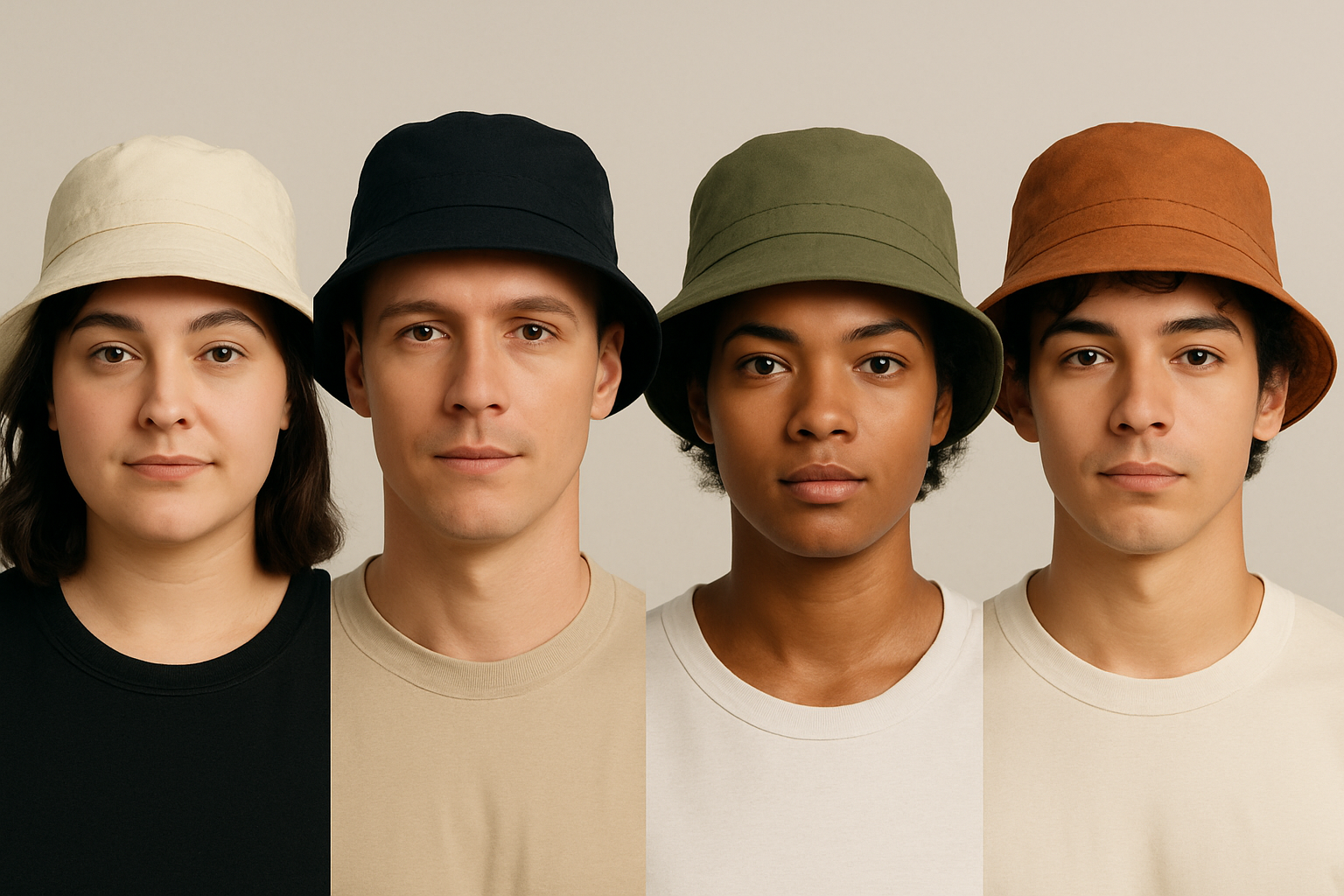You’ve probably worn or seen a trapper hat before—its signature ear flaps, cozy lining, and rugged style make it a winter staple. But how much do you really know about its origins and evolution? Far from being just a functional cold-weather accessory, the trapper hat carries a rich history that spans centuries, cultures, and climates. Today, it’s not only prized for its unmatched warmth but also embraced as a bold fashion statement across outdoor gear and streetwear scenes. In this article, we’ll explore how this iconic piece of headwear evolved from a practical tool for survival into a cultural symbol with lasting appeal.

Origins and Evolution
The trapper hat has a rich and layered history that begins in some of the coldest regions on Earth—Russia, Siberia, Scandinavia, and North America. Initially crafted as a survival essential, early versions like the Russian Ushanka and Inuit fur hats were designed to shield hunters, soldiers, and explorers from brutal subzero conditions. These hats were typically made from animal pelts such as fox, rabbit, or mink, offering critical insulation for those braving the wild.
During the 1600s to 1800s, trapper hats became closely associated with the North American fur trade, where French and British colonists adopted them from indigenous practices. The term “trapper” itself stems from fur trappers who relied on these hats for warmth and protection. Over time, functional innovations like adjustable ear flaps, chin straps, and forehead covers were introduced to improve fit and performance.

In the 20th century, trapper hats were standardized in military use, especially by Russian troops during World War I and II. They became essential gear for polar expeditions and alpine missions. Eventually, military adoption led to widespread civilian use, making the hat a staple in winter wardrobes across Northern Europe and North America.
By the mid-20th century, trapper hats gained cultural traction through film and media. Iconic appearances in movies like Doctor Zhivago och Fargo helped cement their image as both rugged and practical. Outdoor enthusiasts embraced them for skiing, hiking, and hunting.
In the 2000s, the trapper hat underwent a fashion renaissance. Celebrities like Pharrell Williams, Kanye West, and Gigi Hadid popularized the hat on runways and in streetwear. With modern variations using faux fur, leather, nylon, and bold prints, the trapper hat evolved into a seasonal fashion statement—blending legacy, utility, and style in one unforgettable silhouette.
Design and Function of the Trapper Hat
The enduring appeal of the Trapperhatt lies in its perfect blend of form and function. Originally engineered for warmth and protection, this iconic winter accessory has transcended its utilitarian roots to become a versatile staple in both outdoor gear and modern fashion.
Tidlös attraktionskraft
The trapper hat’s rugged, nostalgic charm has remained relevant for generations. Whether worn by Arctic explorers, military personnel, or fashion-forward city dwellers, its distinctive silhouette—complete with ear flaps and a cozy lining—continues to offer both comfort and character. Its classic design evokes images of resilience, adventure, and timeless winter style.

Viktiga funktioner
At the core of the trapper hat’s functionality are several key elements: insulated interiors (often lined with fur or faux fur), long ear flaps for full coverage, adjustable chin straps for a snug fit, and extended brims or forehead flaps for added wind protection. These features work together to provide superior warmth, especially in extreme weather conditions.
Evolving Design and Materials
While traditional trapper hats were made from natural furs and heavy wool, today’s versions come in a wide range of materials—from water-resistant nylon and canvas to vegan leather and high-tech synthetics. This evolution has made the hat more accessible, lightweight, and sustainable. Designers have also incorporated modern patterns, colors, and trims, allowing the trapper hat to shift effortlessly between functional winter gear and fashion-forward statement piece.
Benefits of the Trapper Hat
The trapper hat isn’t just another winter accessory—it’s a high-performance piece of cold-weather gear that offers exceptional functionality, versatility, and style. Designed for extreme conditions, its benefits go far beyond basic warmth, making it a go-to choice for adventurers, commuters, and fashion-conscious wearers alike.
Superior Insulation for Harsh Climates
Trapper hats are built for the coldest environments, providing full coverage of the ears, forehead, and neck. With thick, often fur-lined interiors, they offer unmatched insulation against windchill and freezing temperatures—ideal for snow-covered trails, arctic wind, or icy morning commutes.

Windproof and Waterproof Materials
Modern trapper hats often use technical fabrics such as water-resistant nylon, wind-blocking canvas, or synthetic leather. These materials shield the wearer from snow, rain, and biting winds, while still maintaining breathability and comfort—crucial for both outdoor performance and urban mobility.
5 Panel öronlapp Trapper Baseball Cap Vinterhatt
Trapperhatt tillverkad av högkvalitativt manchestermaterial, under tiden håller camo öronlappsdesign ditt huvud varmt; och basebollkepsutseende håller dig modern och fashional.
Versatile Across Environments
One of the hat’s greatest strengths is its adaptability. It transitions seamlessly from rugged outdoor activities like skiing, hiking, or ice fishing to casual city wear. Its hybrid nature—blending utilitarian purpose with visual appeal—makes it a practical and stylish winter essential.
Adjustable Features for a Better Fit
The inclusion of chin straps, ear flap toggles, and flexible closures means the hat can be customized for a secure and comfortable fit. Whether worn tightly for a stormy hike or loosely for a relaxed day out, trapper hats accommodate various needs and preferences.
Flattering for Many Face Shapes and Head Sizes
Unlike tight-fitting beanies or structured caps, trapper hats offer a more relaxed and forgiving silhouette. Their volume and shape balance facial features, making them a great option for a wide range of head sizes and face shapes.

Distinctive Look That Makes a Statement
With their bold ear flaps and plush materials, trapper hats stand out in a sea of basic winter gear. They project personality—whether rustic, rugged, retro, or high-fashion—and are available in an array of designs, from classic plaids to sleek monochromes and faux fur trims.
How to Choose the Right Trapper Hat
Selecting the perfect trapper hat involves more than just picking a stylish design—it requires thoughtful consideration of your specific needs, lifestyle, and preferences to maximize both comfort and functionality.

Choose Based on Intended Use
Identify the primary scenario where you’ll wear the hat. For extreme outdoor activities like skiing or hiking in frigid weather, opt for models with high-performance insulation and weather-resistant fabrics. For everyday urban wear, lighter and more fashion-forward options with moderate warmth may be preferable.
Material Matters for Comfort and Warmth
The choice between genuine fur, faux fur, wool, or synthetic materials significantly affects both warmth and maintenance. Genuine fur offers superior insulation but requires careful upkeep, while faux fur and modern synthetics provide animal-friendly, lightweight alternatives with easier care.
Pay Attention to Fit and Size
A well-fitting trapper hat should feel snug without being tight, ensuring warmth without discomfort. Consider hats with adjustable straps or flexible materials to accommodate different head shapes and sizes, preventing slippage or pressure points during prolonged wear.
Focus on Ear Flap and Chin Strap Design
Ear flaps are a defining feature of trapper hats; choosing hats with adjustable or foldable flaps enhances versatility across varying temperatures. A secure chin strap prevents the hat from shifting in windy conditions and adds an extra layer of protection.
Pick a Style That Matches Your Personal Taste
Trapper hats come in a wide range of styles—from traditional rustic looks to sleek modern designs. Select a style and color palette that complements your wardrobe and lifestyle, ensuring that your hat serves as both a functional accessory and a fashion statement.
Consider Ease of Cleaning and Maintenance
Some trapper hats are machine washable or feature removable liners, making them practical for daily use. Hats made from delicate materials like real fur require specialized cleaning. Understanding the care requirements upfront can save time and extend the life of your hat.
Slutsats
The trapper hat is far more than just a practical winter accessory—it is a timeless symbol of resilience, innovation, and style. Originating in some of the coldest regions of the world, it has evolved from essential survival gear for hunters, explorers, and soldiers into a versatile fashion statement embraced globally. Its unmatched warmth, functional design, and distinctive look continue to appeal to outdoor enthusiasts and trendsetters alike. Whether you seek maximum protection from harsh weather or a bold style statement, the trapper hat offers a perfect balance of tradition and modernity. Understanding its history, features, and how to choose the right one can help you make an informed decision and enjoy this iconic hat for years to come.
VANLIGA FRÅGOR
While both hats share similar designs with ear flaps and fur lining, the ushanka is specifically a Russian military-style hat, traditionally made from fur, whereas trapper hats are a broader category of cold-weather hats popularized in North America, often featuring more variation in materials and styles.
Many modern trapper hats incorporate water-resistant or waterproof outer fabrics like nylon or treated leather, but not all models are fully waterproof. It’s important to check the product specifications based on your needs.
Absolutely. In recent years, trapper hats have become a trendy fashion item, seen on runways and in streetwear. They blend heritage style with contemporary looks, making them versatile for both function and fashion.
Cleaning methods depend on the materials used. Faux fur and synthetic fabrics are often machine washable or easy to spot clean, while real fur and leather require professional care. Always follow the manufacturer’s instructions.
Genuine animal furs like fox, rabbit, or mink offer superior insulation, but high-quality faux fur and advanced synthetic materials can also provide excellent warmth while being more affordable and animal-friendly.





